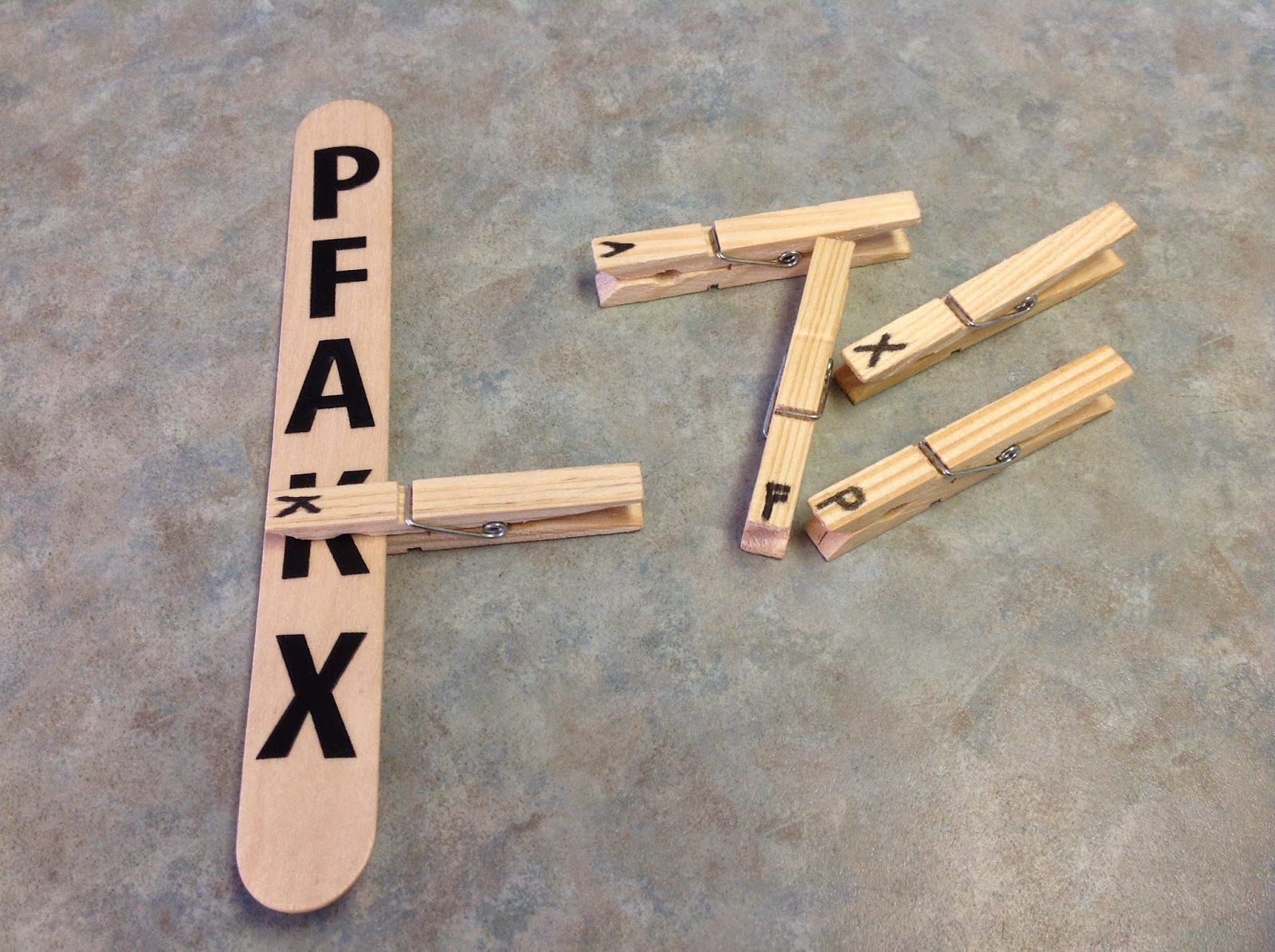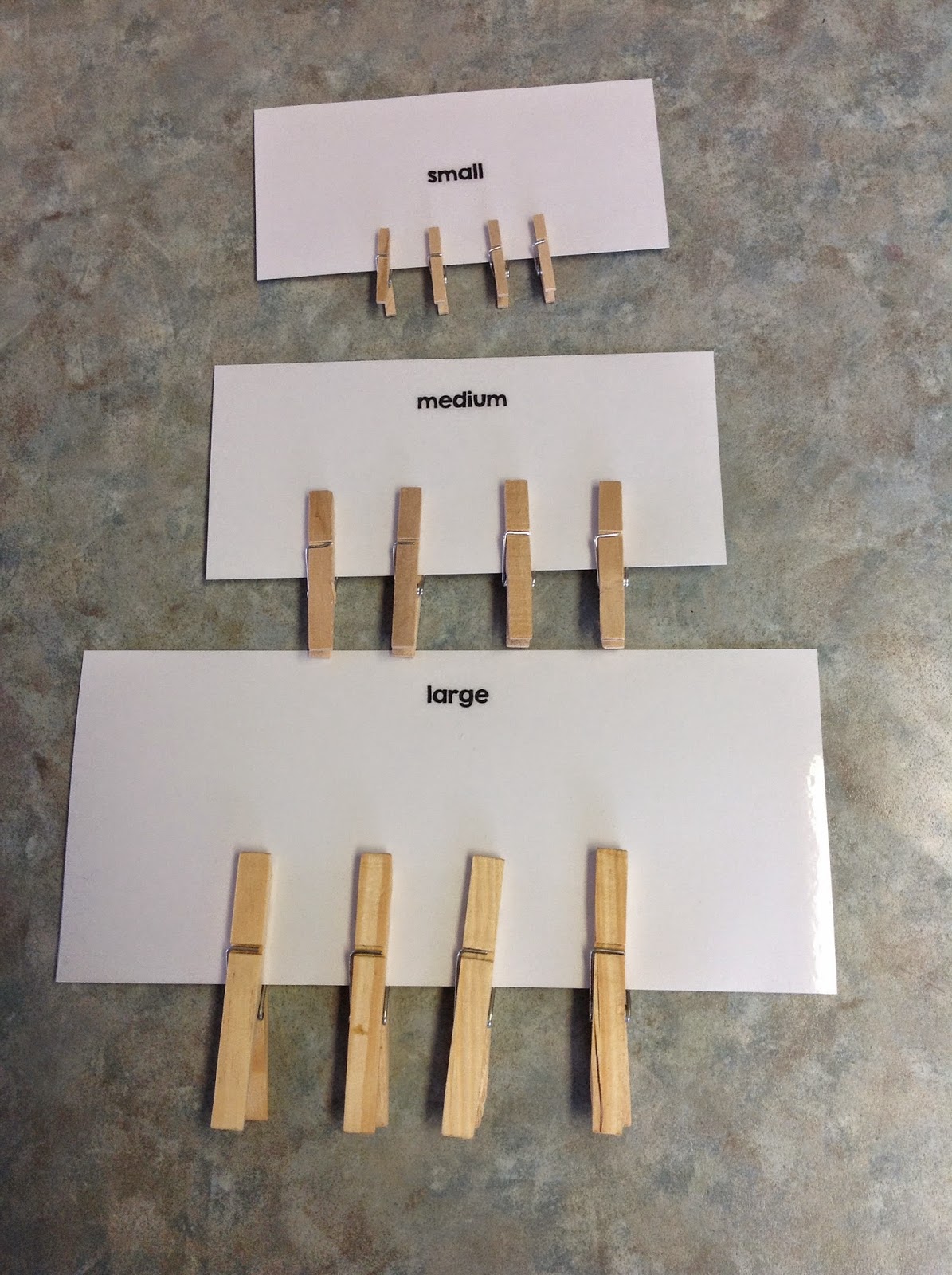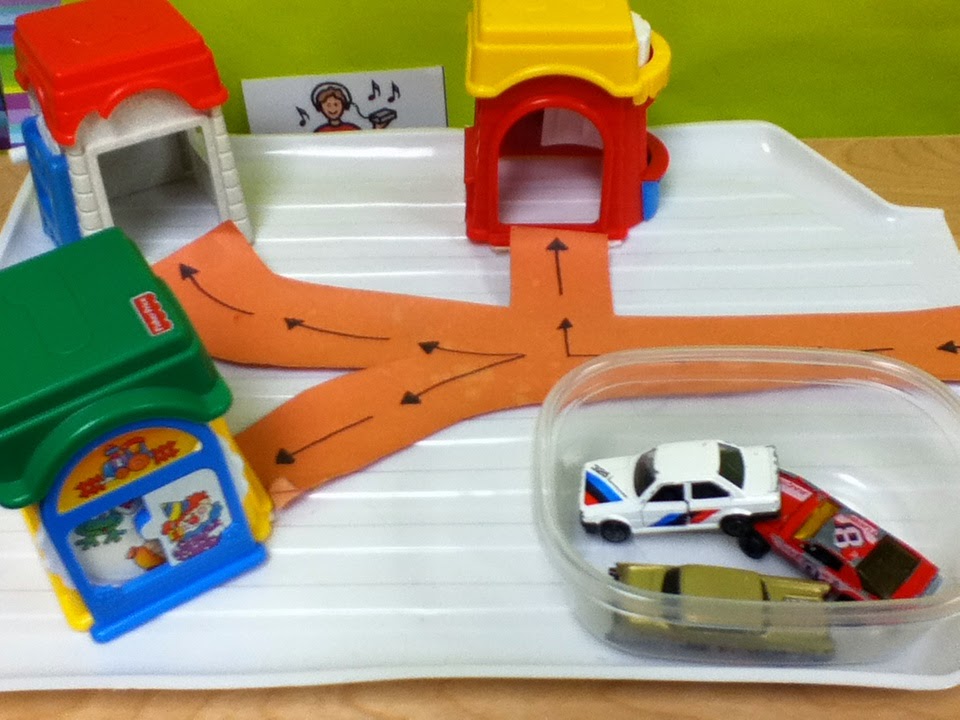I am so honored to be nominated for The Liebster Award by Marie at Once Upon A Classroom. I love her Tech Tuesday posts and have learned so much from her! I am truly surprised and touched that she thought of me! Now, a bit about the Liebster Award…
The Liebster Award is given to beginning bloggers to help acknowledge up and coming blogs. Upon receiving the nomination, the blogger answers 11 questions to help their followers get to know them better. Then, I will have a chance to nominate 11 other bloggers!
1. Why and how long ago did you start blogging?
I started blogging in March of this year as a way to share resources, information and tips with other educators, therapists and parents. I am in my seventh year of teaching in the Autism Transitional Classroom and have strived to grow as a Special Education teacher in each of those seven years. Teaching students with Autism is my passion and I spend more hours than I wish to count, reading articles and books, researching ideas and resources and shopping for and making teaching materials for my students. Because of the unique model of our classroom (read more about it here), it serves as a demonstration classroom for other teachers and school boards. Each year, we have several visitors ranging from EAs all the way up to Superintendents and Ministry reps from the Southwest region of our province. We also have visitors from a variety of community agencies that come to our classroom to learn about the teaching practices we use. This year, I was asked by my principal and superintendent to consult to two of our high schools to assist them with implementing evidence based practices in the life skills classrooms. Every week, I get emails asking for resources, ideas, tips and strategies. I started this blog in an attempt to share what I have learned with others and to have a place where I could direct them to get the information they are looking for.
2. What one word sums up the heart of your blog and why?
I know that every teacher will probably say this, but I have to say LEARNING!!! I am continuously learning about new ways to teach and reach my students and I love to share what I have learned with others. If I ever stop learning, then I will stop teaching. I truly believe that in order to be a great teacher, you need to be a life long learner. If you don't further your own professional learning, how will you further your teaching practices? I hope that my blog will inspire others to continue in their own professional learning, thereby helping them to grow as teachers.
3. Is there something you learned late in your blogging journey you wished you knew before?
I am so new to blogging that I feel I still have tons to learn! I am so grateful for the other teacher bloggers who have reached out to me to offer advice, encouragement and inspiration! I have learned so much from them since I started and am continuously learning new things each day! The only thing I wish I would have known about were the cute blog designs available! Is it horrible that I want a new blog design already?!
4. What is your favorite pastime other than blogging?
I love doing yoga, playing with my dogs and spending my time with my sweet and supportive husband! We love travelling, trying new foods and visiting wineries together. We also love golfing and camping, however, we never seem to have enough time to do all these things!
5. How many hours a week do you dedicate to your blog/TPT?
It varies from week to week, depending on what else is going on in my life. When I first started, I wrote out a weekly schedule for myself of days I would write blog posts. And, I stuck to it for the first two weeks! As I connected with other bloggers, I altered the schedule so I could join in link parties in an effort to build my blog audience. As I connect with more and more bloggers, I try to join in on the linky parties I am interested in, so I am more flexible in my postings and not adhering to a schedule so much. It really is a balancing between work, my blog, making teaching materials, reading and research, and of course saving time for me and my family!
6. What category of blog posts do you enjoy most?
I have to admit that I love blogging about the independent work tasks that I make for my students! I started linking up with Autism Classroom News' Workbasket Wednesday posts and am hooked! I have to say that this is mostly due to the fact that I am a Dollar store junkie and love sharing what I make from my purchases! I know that some of you are share my addiction! Admit it!!!
7. Where does your blog inspiration come from?
Most of my inspiration comes from my students and their learning needs. But, it also stems from a desire to help others. I try to write posts that I think will assist other educators with their professional development and teaching practice.
8. Which post that you’ve written are you most proud of?
Hmmm….I guess I would have to say my series on Structured Learning, also known as TEACHH. Structured Learning is such an integral part of my classroom and such a good practice to use in any classroom, but especially in an Autism classroom. I have been trained in Structured Learning and love to share how I use it in my classroom with anyone who will listen! I hope that these posts were informative and helpful for teachers wanting to learn more about SLE, or looking for different ideas on how to use it in their classrooms.
9. Is there a post you have been planning to do but have been postponing it for a while now?
I have so many ideas for blog posts, that it's hard finding the time to write about them! One that I have been working on is about teaching play to children with Autism. I am trying to work out if it should be a series of posts, or just one post. There are many aspects to this and I have been busy making materials to go along with it. This is such a difficult area for children with Autism that I want to make it a great post and ensure that I have some great resources to go along with it. At this rate, I may not get to it until the summer.
10. What is your favorite aspect of blogging?
My favorite aspect about blogging is connecting with other teachers. I have met so many dedicated and supportive teachers during my short journey and have learned so much from them. I truly feel like blogging only increases my knowledge and passion for teaching.
11. Which idea from a blog would you like to try yourself?
There are so many great ideas that teacher bloggers share! But, one I really want to try was posted by Gabrielle Dixon at Teaching Special Thinkers about a week ago. She came up with the idea of using QR Code Choice Rings for her students as a way of allowing them to access the websites they want within a limited amount of choices. This cuts down on the reliance of an EA typing in the website for them and also limits which ones they can choose from. She provided a great tutorial for those of us who have never used QR codes and I can't wait to try it!
Now I nominate these wonderful teacher bloggers:
1. http://allthingsspecialed.blogspot.ca
2. http://autismeducators.blogspot.ca
3. http://simplyspecialed.weebly.com
4. http://www.malekindergartenteacher.com
5. http://www.famousinfirst.blogspot.ca
6. http://thespecialabcs.blogspot.ca
7. http://mrsbsclassroomadventures.blogspot.ca
Do you know of a new blog that I should be following? Leave me a comment below and let me know!
Until next time!
2. http://autismeducators.blogspot.ca
3. http://simplyspecialed.weebly.com
4. http://www.malekindergartenteacher.com
5. http://www.famousinfirst.blogspot.ca
6. http://thespecialabcs.blogspot.ca
7. http://mrsbsclassroomadventures.blogspot.ca
Do you know of a new blog that I should be following? Leave me a comment below and let me know!
Until next time!



















































